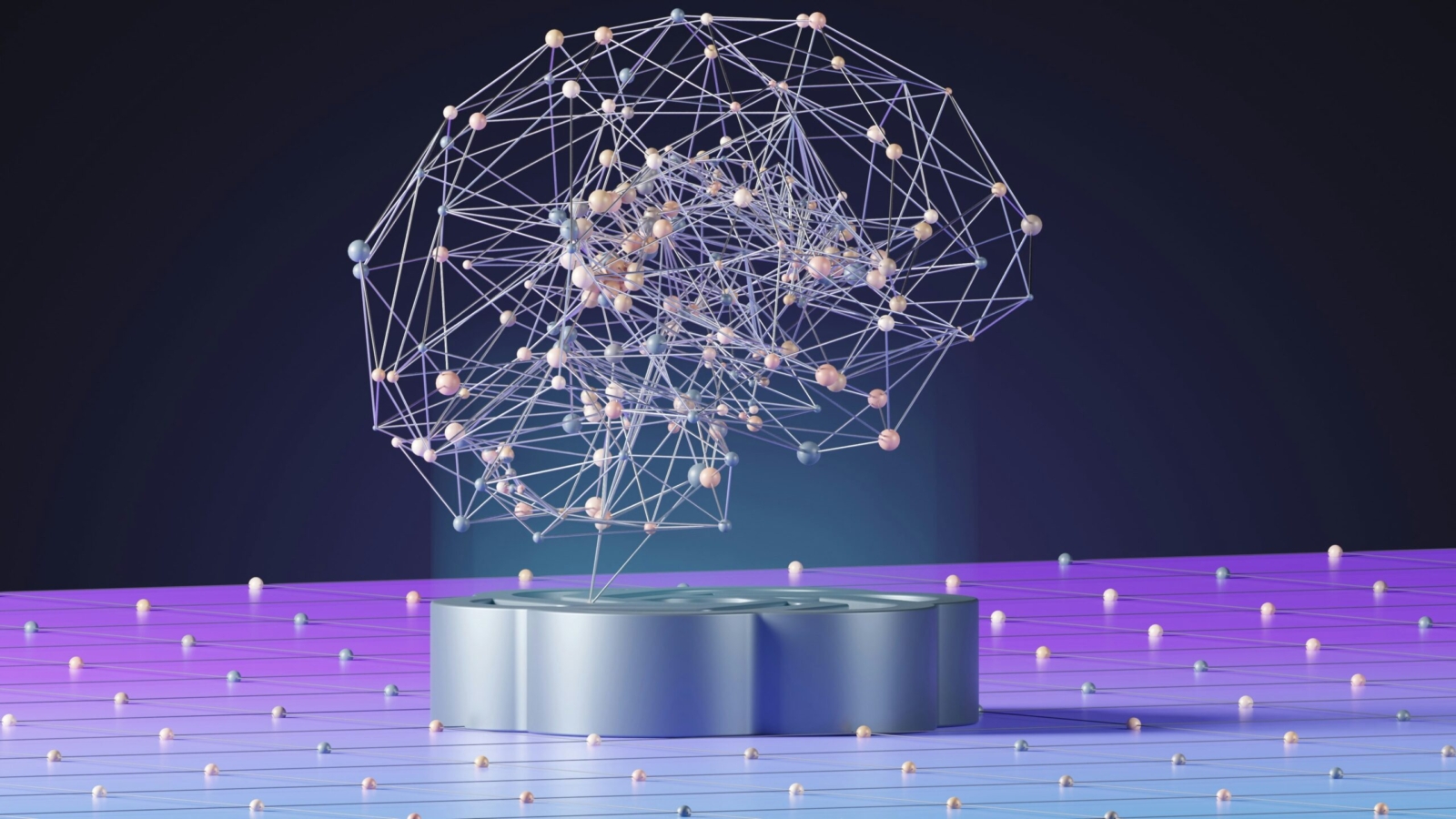AI red teaming — the practice of simulating real-world attacks to uncover vulnerabilities in artificial intelligence systems — is rapidly becoming a cornerstone of modern cybersecurity strategies. As organizations increasingly rely on AI to power critical operations, safeguarding these systems against threats is no longer optional.
Traditional vs. AI Red Teaming: What’s the Difference?
Traditional red teaming simulates cyberattacks to test the resilience of static systems like websites, servers, and enterprise applications. These environments rely on fixed codebases and operate within a well-understood threat landscape. In contrast, AI systems are dynamic, adaptive, and often opaque, presenting unique challenges that traditional approaches can’t fully address.
Understanding AI Red Teaming
AI red teaming involves systematically probing AI models to identify weaknesses and potential exploits. Like conventional red teams, AI red teams simulate adversarial behavior — but the complexity of AI models, especially in deep learning and large language models (LLMs), introduces entirely new attack vectors.
Key focus areas include:
- Adversarial Machine Learning: Creating inputs that trick models into making incorrect or harmful predictions.
- Model File Security: Testing serialized model files for malicious code injections or vulnerabilities.
- Operational Security (OpSec): Identifying weak points in AI development workflows and deployment pipelines.
These approaches are essential for identifying weaknesses before real attackers can exploit them.
Why AI Red Teaming Matters Now More Than Ever
The rise of AI across sectors like healthcare, finance, and e-commerce has expanded the attack surface. AI models trained on sensitive or proprietary data, when compromised, can lead to severe consequences — from data breaches to business disruptions.
Examples of AI-specific threats include:
- Model Poisoning: Attackers inject corrupted data to subtly influence outcomes.
- Serialized Model Exploits: Malicious code embedded in saved models can compromise infrastructure when loaded.
- Prompt Injection in LLMs: Manipulating input to trigger unintended behaviors or leak sensitive data.
These AI-specific attack vectors demand proactive defense strategies — and that’s where red teaming comes in.
Why Traditional Cybersecurity Isn’t Enough
AI models evolve as they learn, making them unpredictable and harder to secure than static applications. Traditional security tools often fail to detect AI-specific threats like adversarial inputs or manipulated datasets.
Furthermore, some AI defense tools have dual-use potential, meaning they can be weaponized by attackers if not properly managed. This makes AI red teaming not just useful but critical in protecting AI-powered operations.
AI Red Teaming Best Practices for Enterprises
To build a successful AI red teaming program, organizations should follow these actionable best practices:
1. Assemble a Multidisciplinary Team
Bring together AI engineers, cybersecurity professionals, and data scientists. Each contributes a unique perspective essential for identifying and mitigating threats across the AI lifecycle.
2. Prioritize Critical AI Assets
Focus testing on models that handle sensitive data, power essential services, or are exposed via APIs. Think fraud detection, recommendation systems, or customer authentication pipelines.
3. Collaborate With Blue Teams
Red and blue team collaboration strengthens defenses. While red teams uncover vulnerabilities, blue teams build monitoring and response capabilities. Sharing insights closes security gaps faster.
4. Use AI-Specific Tools
Equip your red team with specialized tools for adversarial testing, model reverse engineering, and API fuzzing. Tools designed for AI environments uncover vulnerabilities missed by traditional scanners.
5. Automate Where Possible
Leverage automation to scale red teaming across large AI deployments. Automated frameworks can continuously test models for emerging threats and reduce manual workload.
6. Ensure Compliance With Data Privacy Laws
Red teaming must respect privacy regulations like GDPR or HIPAA. Always anonymize sensitive data and operate within legal and ethical boundaries.
Making AI Red Teaming a Core Part of AI Strategy
As AI systems continue to evolve and integrate deeper into business processes, AI red teaming should become a standard pillar of AI governance and security. Unlike traditional security audits, red teaming offers a proactive, real-world assessment of how AI systems behave under pressure.
The benefits of AI red teaming include:
- Reducing the risk of catastrophic AI failure
- Strengthening stakeholder confidence in AI initiatives
- Enhancing organizational resilience in the face of novel AI threats
AI red teaming is more than just a trend — it’s a critical discipline for securing the future of AI. As AI adoption grows, so do the risks. Organizations that embed red teaming into their security strategy are better positioned to innovate safely, build trust, and stay ahead of adversaries.


Add a Comment